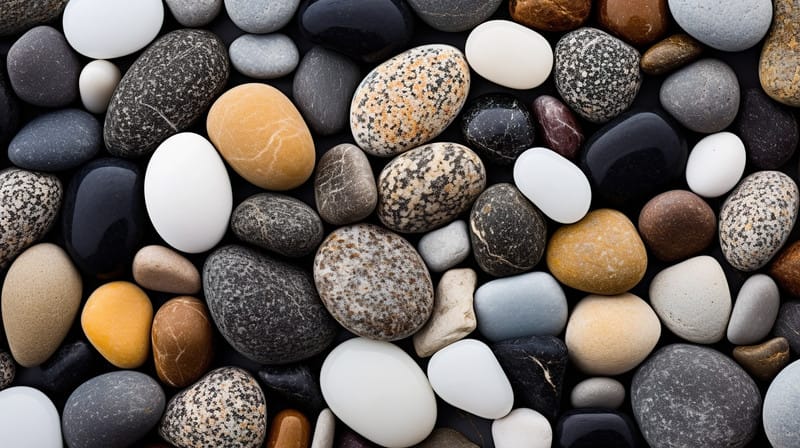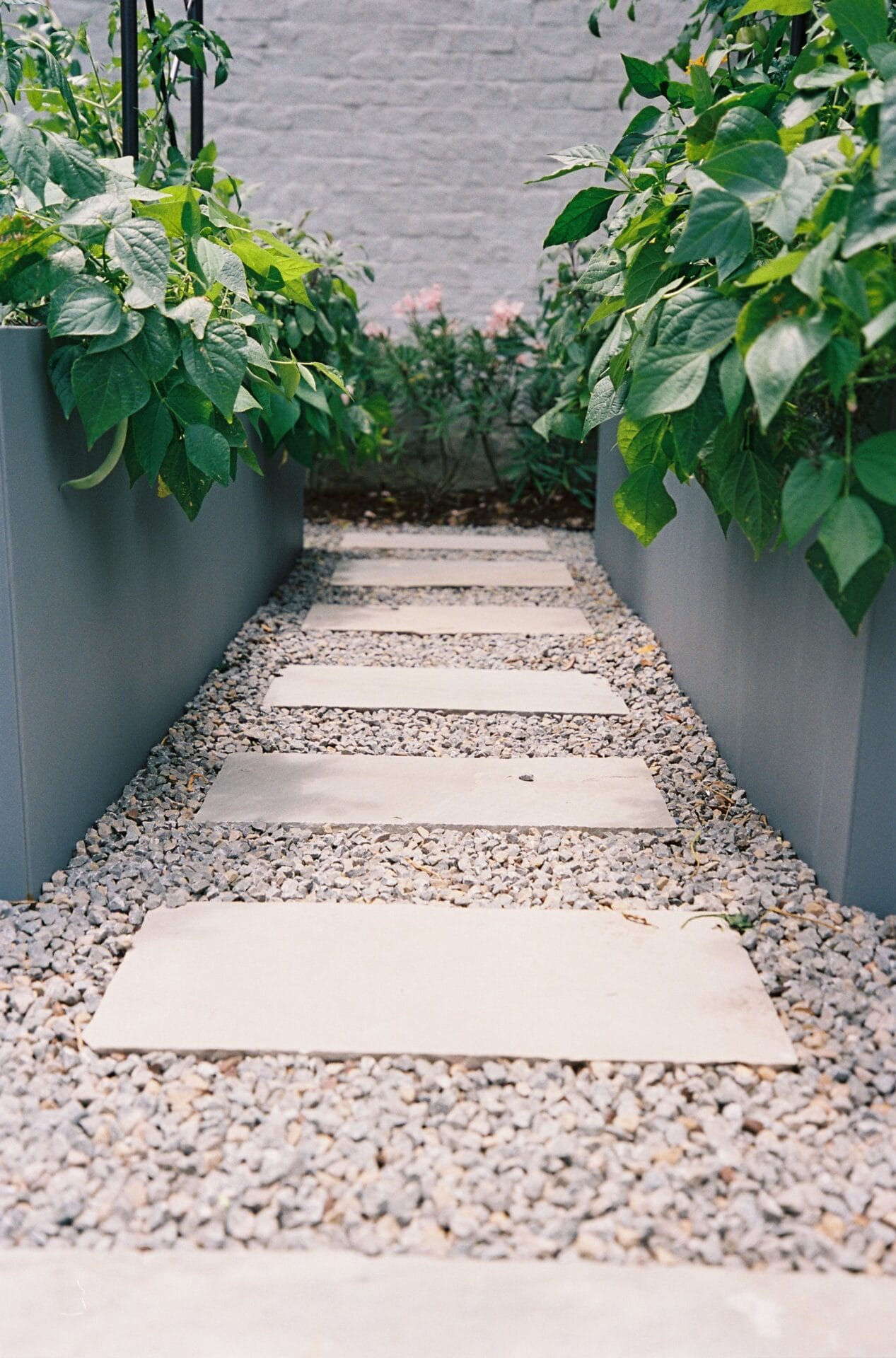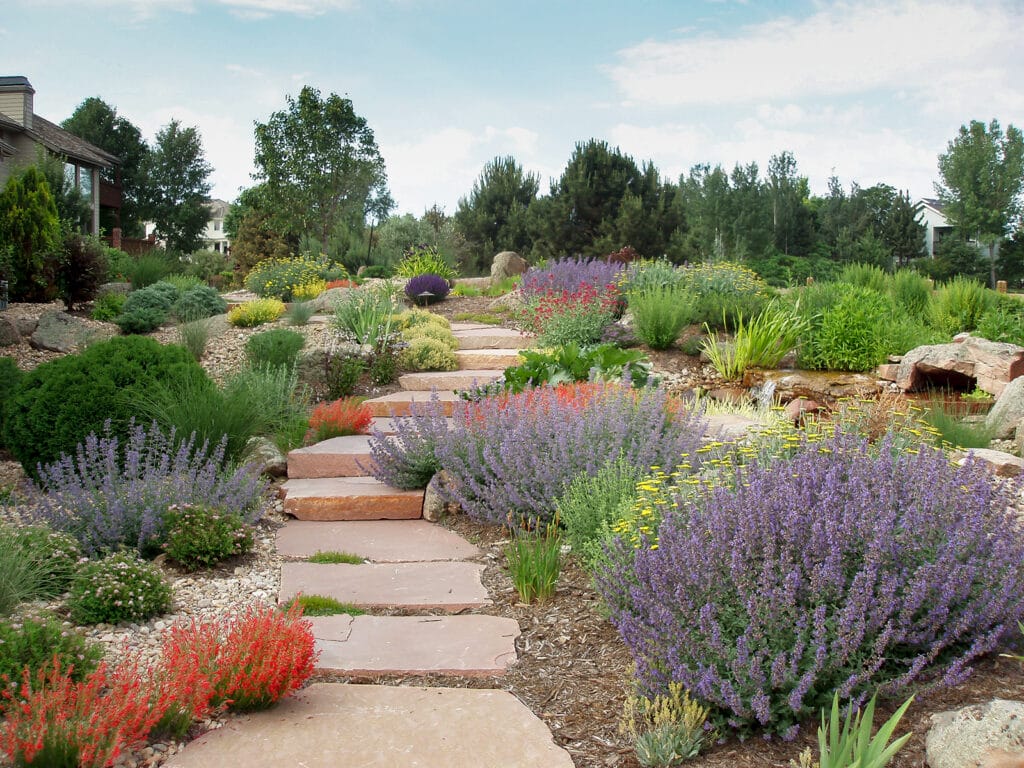Xeriscaping in Austin: Save Water and Beautify Your Yard
By Innovation Grounds
As Texas continues to face fluctuating drought conditions, Austin homeowners are increasingly looking for sustainable landscaping solutions to conserve water and reduce their environmental impact. One of the most effective methods to achieve this is xeriscaping. Xeriscaping is a landscaping approach that focuses on using drought-tolerant plants, efficient irrigation systems, and water-saving techniques to reduce water consumption and create a stunning, low-maintenance garden. In this guide, we’ll explore how xeriscaping in Austin can help you save water, enhance the beauty of your yard, and contribute to a more sustainable environment.
What is Xeriscaping?
Xeriscaping is a combination of the words “xeric,” which means dry, and “scaping,” which refers to landscaping. The concept was originally developed in arid regions to minimize water usage while still maintaining a vibrant landscape. Xeriscaping goes beyond simply planting drought-tolerant plants; it encompasses seven essential principles aimed at conserving water and reducing the need for constant maintenance. These principles are:
Planning and Design: Thoughtful planning is the first step to achieving an efficient xeriscape. A well-designed layout can help minimize water use by grouping plants with similar water needs and designing efficient irrigation systems.
Soil Improvement: Improving soil quality is crucial for healthy plant growth. Adding organic matter such as compost can improve soil structure, drainage, and water retention, ensuring that your plants thrive without excessive watering.
Efficient Irrigation: A well-designed irrigation system is key to efficient water use. Drip irrigation and soaker hoses target the root zone of plants, delivering water directly where it’s needed, reducing water waste.
Choosing Drought-Tolerant Plants: One of the cornerstones of xeriscaping is selecting native and drought-tolerant plants that are well-adapted to the Austin climate. These plants require minimal water once established and thrive in hot, dry conditions.
Mulching: Applying a layer of mulch around plants helps retain moisture in the soil, reduces evaporation, and suppresses weed growth. Organic mulches like wood chips or shredded leaves are excellent options.
Maintenance: While xeriscaped yards require less water, they still need occasional care. Regular weeding, pruning, and checking your irrigation system ensure your xeriscape remains healthy and thriving.
Landscape Efficiency: Use hardscaping elements like pathways, patios, and retaining walls to create a functional, aesthetically pleasing space that also minimizes the need for water.
By adopting these principles, you can significantly reduce your water consumption and create a beautiful, eco-friendly landscape in your Austin yard.

Benefits of Xeriscaping in Austin
1. Water Conservation
In Austin, where water scarcity is a pressing concern, xeriscaping is an excellent way to contribute to water conservation efforts. Traditional lawns, particularly those with grass, require a significant amount of water to stay green during the summer months. By switching to xeriscaping, you can reduce your water bill and conserve this precious resource by using plants that are adapted to the region’s dry climate.
2. Reduced Maintenance
Xeriscaped gardens require far less maintenance compared to traditional lawns. Once established, drought-tolerant plants need minimal watering, mowing, and fertilizing. The use of efficient irrigation systems, such as drip irrigation, further reduces the time and effort required to maintain your landscape. This means more time for you to enjoy your garden rather than spend hours maintaining it.
3. Enhanced Aesthetic Appeal
Xeriscaping doesn’t mean sacrificing beauty for water conservation. On the contrary, it offers an opportunity to create a unique and visually appealing landscape that showcases a variety of native and drought-resistant plants. These plants often have vibrant colors, interesting textures, and seasonal interest, making your garden just as beautiful as any traditional lawn.
4. Increased Property Value
A well-designed xeriscape can boost your property’s value. In Austin, prospective homebuyers are becoming more eco-conscious and interested in sustainable features. A beautiful, low-maintenance xeriscaped yard can make your property more attractive to potential buyers, especially those who are looking to reduce water usage.
5. Environmental Impact
Xeriscaping is not only good for your wallet but also for the environment. By reducing water use, you’re helping to protect local water supplies and contribute to the overall health of the ecosystem. Xeriscaping also supports local wildlife, as many drought-tolerant plants provide shelter and food for native birds, bees, and other pollinators.

How to Start Xeriscaping Your Austin Yard
Assess Your Yard’s Needs: Begin by evaluating your yard’s current conditions. Take note of how much sunlight it gets, the types of soil, and the areas that receive heavy foot traffic. This will help you plan your xeriscaping project more effectively.
Select the Right Plants: Choose native and drought-tolerant plants that are well-suited to the Austin climate. Some popular options include Texas sage, yucca, black-eyed Susan, and red yucca. These plants require minimal water and are naturally adapted to withstand the hot, dry conditions.
Install an Efficient Irrigation System: Consider installing a drip irrigation system to deliver water directly to the plant roots, minimizing water waste. If you’re installing new landscaping, make sure your irrigation system is designed to support the xeriscape’s needs.
Add Mulch: Apply a thick layer of mulch around your plants to retain moisture and reduce weed growth. Mulch also helps improve soil quality and adds a finished look to your landscaping.
Monitor and Maintain: While xeriscaping reduces the need for regular care, it’s important to check your plants and irrigation system periodically. Make sure the plants are thriving and that your irrigation system is working efficiently.

Final Thoughts
Xeriscaping in Austin is a smart, sustainable solution for homeowners who want to conserve water, reduce maintenance, and enhance the beauty of their yard. By incorporating drought-tolerant plants, efficient irrigation, and smart landscaping practices, you can create a beautiful, eco-friendly garden that thrives in the Texas heat. Not only will you be saving water, but you’ll also be helping to protect the environment while creating a space that you can enjoy year-round.
By following these tips and focusing on water conservation, you can transform your Austin yard into a stunning xeriscape that will be both beautiful and environmentally friendly. Get started today and embrace the future of sustainable landscaping!



